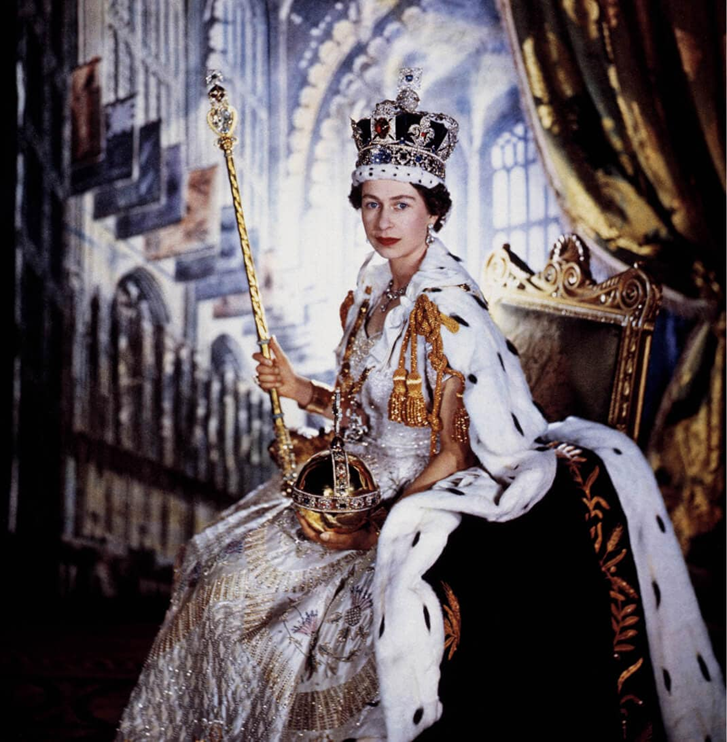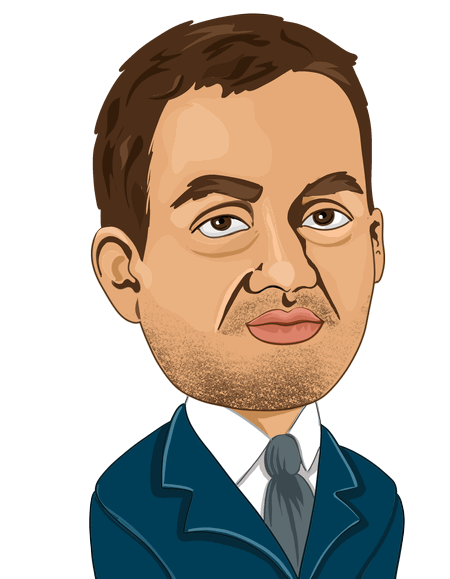

Queen Elizabeth Alexandra Mary Windsor is the longest reigning monarch in British history. She was crowned queen on 6 February 1952.
This article is only available to Macro Hive subscribers. Sign-up to receive world-class macro analysis with a daily curated newsletter, podcast, original content from award-winning researchers, cross market strategy, equity insights, trade ideas, crypto flow frameworks, academic paper summaries, explanation and analysis of market-moving events, community investor chat room, and more.
Queen Elizabeth Alexandra Mary Windsor is the longest reigning monarch in British history. She was crowned queen on 6 February 1952. That makes this year, 2022, her 70th year as queen. That is seven years longer than the second longest: Queen Victoria (1837-1901). And it is 11 years longer than King George III (1760-1820). It is no wonder the UK is has given two bank holidays to celebrate the Platinum Jubilee.
But what was the UK like when she first became queen in 1952? Winston Churchill was prime minister. That year, he announced the UK had an atomic bomb. The UK had troops involved in the Korean war. Tea rationing ended that year. On the cultural front, NME published the first ever music singles charts. American jazz singer Al Martino topped it. The biggest film of the year was ‘The Greatest Show on Earth’. It starred Charlton Heston, Betty Hutton and Cornel Wilde.
Meanwhile, over the pond in the US, Harry Truman was president until the election that year when Dwight Eisenhower won. The US senate ratified a peace treaty with Japan. The US made a health breakthrough with the first ever mechanical heart being used in a human patient. On the cultural front, ‘Knight Rider’ and ‘Baywatch’ star David Hasselhoff was born.
As for the UK economy, back in 1952, the average earnings of a worker was £400 a year. Today it is £35,000 (Table 1). That’s a 9,000% increase. Over the same time, the price of goods and service has ‘only’ increased 3,250%. So, people today have much higher real earnings than before. As for jobs, 29% of jobs were in manufacturing back in 1952 compared with 8% today. Meanwhile, 8% were in farming and mining compared with 1% today.
One common factor was inflation – it was around 10% back then, as it is today. However, the Bank of England interest rate was higher at 4% compared with 1% today. As for assets, the average house cost £2,000 in 1952 compared to £280,000. That’s a 14,000% increase. Interestingly, houses in both periods cost around five times annual earnings. As for equities they have increased by less at ‘only’ 10,000%.
Finally, the one improvement has been life expectancy. In 1952, the average life expectancy was 69 years, today it closer to 82 years old. And the Queen has reached an impressive age of 96 years old.

